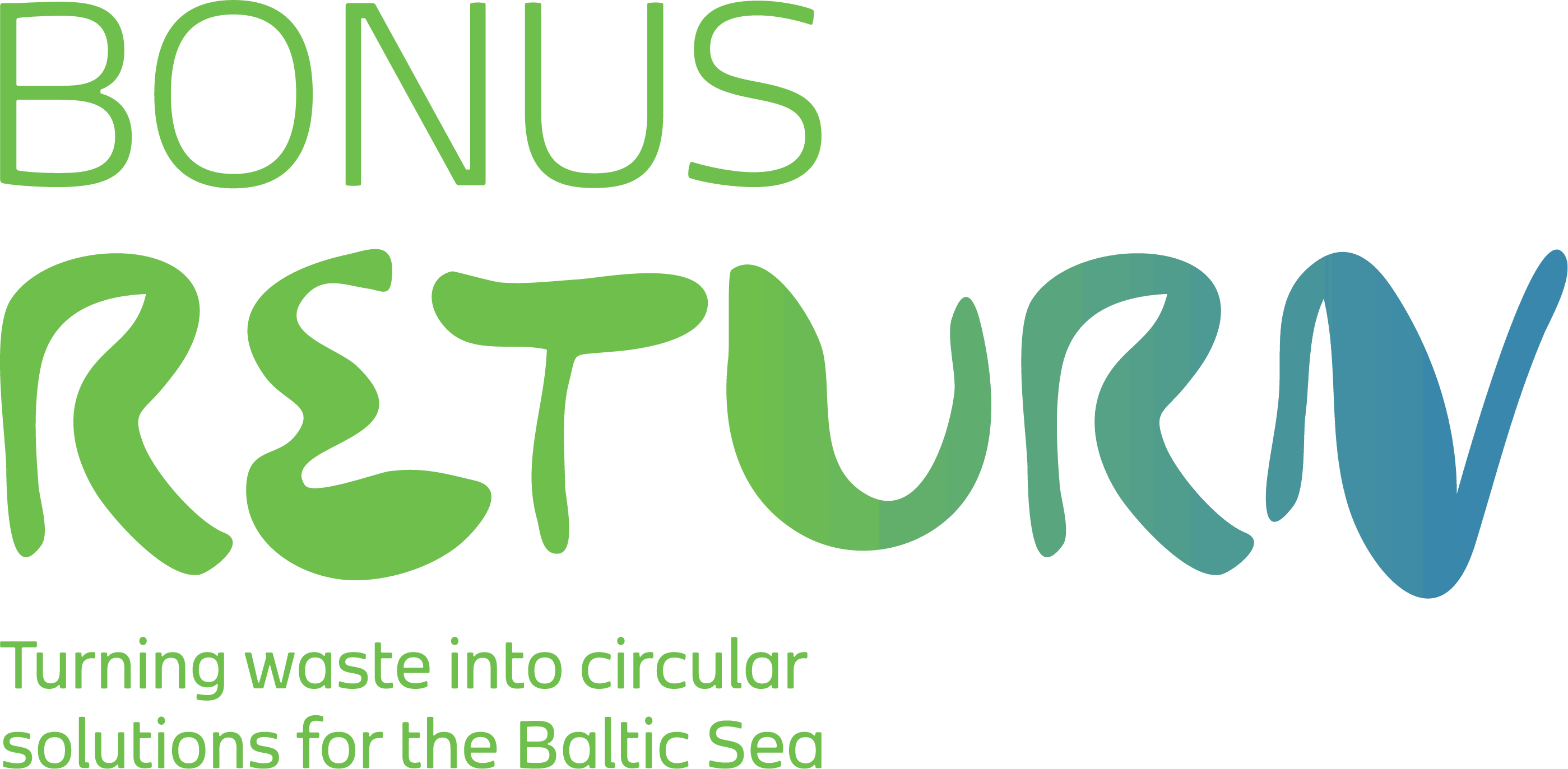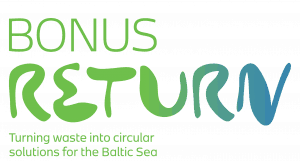Authors: Arno Rosemarin (SEI), Biljana Macura (SEI), Johannes Carolus (UCPH), Karina Barquet (SEI), Filippa Ek (SEI), Linn Järnberg (SEI), Dag Lorick (SEI), Solveig Johannesdottir (RISE), Søren Marcus Pedersen (UCPH), Jari Koskiaho (SYKE), Neal R. Haddaway (SEI) & Tomasz Okruszko (WULS).
This paper summarizes key findings from a series of systematic reviews and comprehensive efforts to collate evidence and expert opinions on circular solutions for recovery and reuse of nutrients and carbon from different waste streams in the agriculture and wastewater sectors. We identify established and emerging approaches for transformation towards a more circular nutrient economy with relevance to SDGs 6 and 14.
The paper cites the example of the Baltic Sea Region which has experienced decades of fertilizer overuse (1950s–1990s) and concomitant urban sources of excessive nutrients. Regulations and incentive policies combining the nitrogen, phosphorus and carbon cycles are necessary if circular nutrient technologies and practices are to be scaled up. Pricing chemical fertilizer at levels to reflect society’s call for circularity is a central challenge.
Highlights
- Development of a circular nutrient economy in the EU is reviewed.
- The socio-economic value of organic waste products from agriculture & municipalities needs to increase.
- Opportunities are found in the new EU Circular Economy Package & Fertilizing Products Regulations.
- Further implementation is possible with the Common Agriculture Policy (nutrient management tool) and Waste Framework Directive for recycling.
- The Baltic Sea Region case is explored being sensitive to eutrophication with ongoing international efforts to introduce nutrient circularity.

